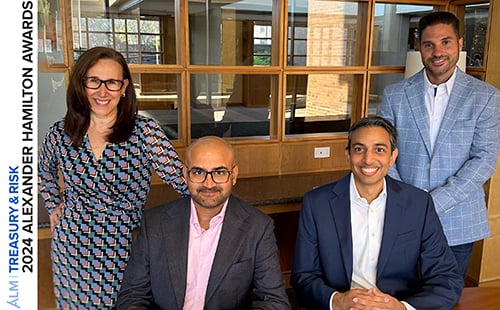
At Microsoft, advertising has become an increasingly important source of revenue over the past few years. “Our search revenue encompasses both Bing [the Microsoft search engine] and also the revenue generated through a number of syndication deals on platforms which are powered by Bing,” explains Jose Luis Marti, director of Microsoft's Worldwide Online Credit Services (WOCS) treasury team. “On our platform, we provide both display and search advertising, and in both cases it tends to be customized based on our customers' and end users' preferences.
“It's our job in the treasury team,” Marti continues, “to ensure that the number of impressions and searches a customer purchases does not exceed what they can afford to pay, which is determined by their credit limit. If we assign a credit limit of $100,000 to Company X, then they should receive only $100,000 worth of impressions or searches. Once they reach that limit, they will not receive any more advertising until they have made a payment or they secure a higher credit limit.”
Complete your profile to continue reading and get FREE access to Treasury & Risk, part of your ALM digital membership.
Your access to unlimited Treasury & Risk content isn’t changing.
Once you are an ALM digital member, you’ll receive:
- Thought leadership on regulatory changes, economic trends, corporate success stories, and tactical solutions for treasurers, CFOs, risk managers, controllers, and other finance professionals
- Informative weekly newsletter featuring news, analysis, real-world case studies, and other critical content
- Educational webcasts, white papers, and ebooks from industry thought leaders
- Critical coverage of the employee benefits and financial advisory markets on our other ALM sites, PropertyCasualty360 and ThinkAdvisor
Already have an account? Sign In Now
*May exclude premium content© 2025 ALM Global, LLC, All Rights Reserved. Request academic re-use from www.copyright.com. All other uses, submit a request to [email protected]. For more information visit Asset & Logo Licensing.





